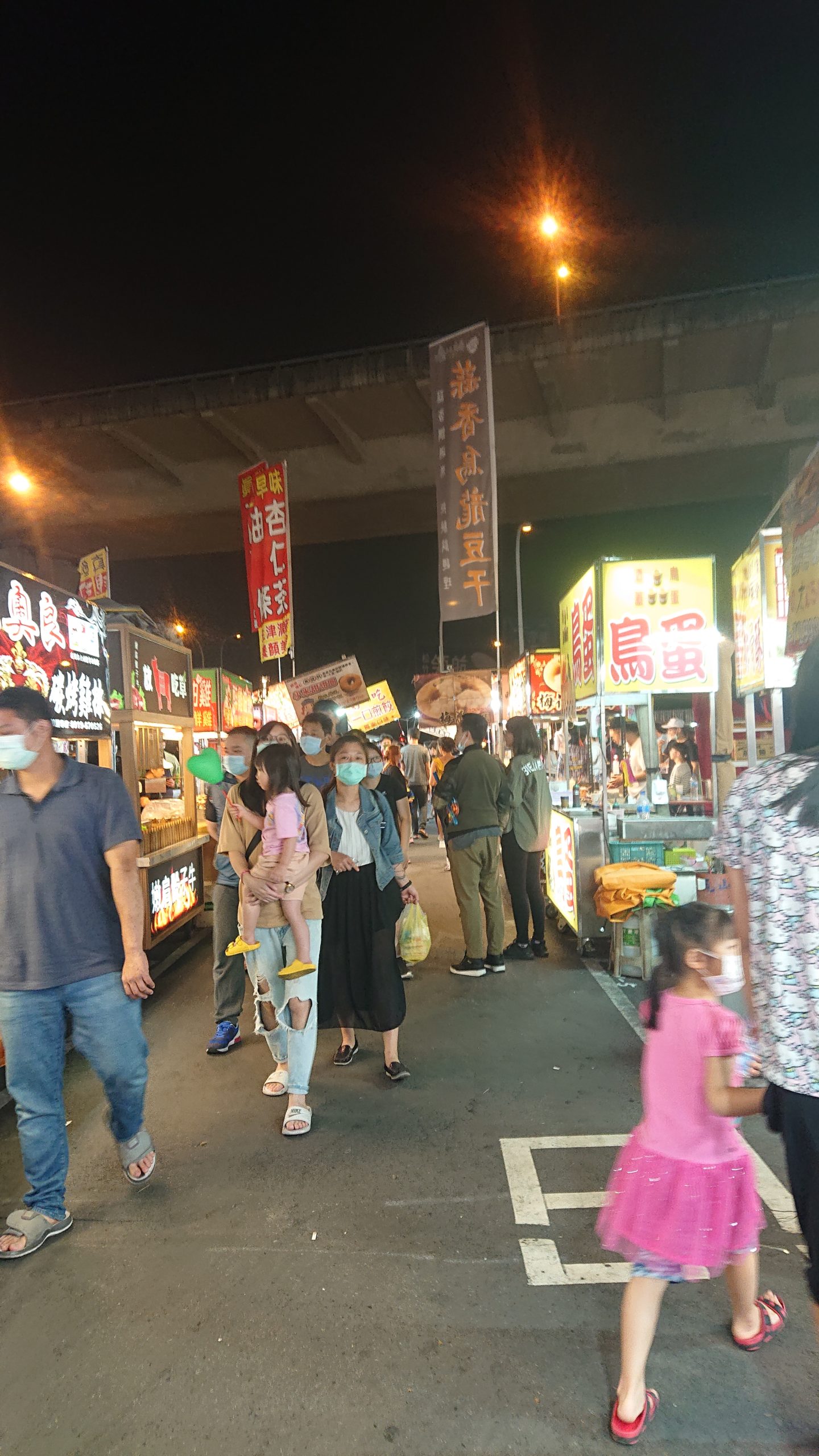
The 1918 Influenza pandemic likely killed between fifty and one hundred million people globally. While the case fatality rate varies with circumstances, the current outbreak of COVID-19 may be as deadly unless vaccines are developed in time. Since the start of this year global cities like New York have faced immense strains. As always during a pandemic, one of the concerns that leaders face is how to prevent panic and discrimination, which can be spread by social media and other digital platforms. At the same time, the internet provides a host of tools that can help during a pandemic, with everything from telemedicine to mass collaboration. While cyber tools -such as digital tracking apps for individuals under quarantine- are powerful, they also come with human rights questions. In adapting these cyber tools for telemedicine, digital health communication, outbreak modeling and other uses (Liu and the HIMSS Greater China Health Team, 2020), city leaders and health authorities must address issues of transparency, privacy and public trust, which will require them to have a strategy for digital issues.
In their study of pandemic planning in Europe after the 2009 H1N1 influenza pandemic, Hall and Wolf (2019, p. 5,7,8,13 ) found that one of the greatest concerns of health authorities was avoiding public panic. In order to manage fear it is critical that urban leaders and health authorities are perceived by their citizens as being transparent, and that health information is timely. Initially the Center for Disease Control website only provided updates during business hours on weekdays, while NYC provided information on weekends with its COVID-19 Daily Data Summary (2020). Cities can play a key role in the independent and transparent provision of timely information during a pandemic.
Most cities will not face the information challenges experienced in China, where key information was censored early in the epidemic (Molter, 2020). But they may experience messages from central governments (or by states or provinces) that do not match with their citizen’s health needs. This seems to be the case, for example, with the city of Atlanta, where currently the governor of Georgia is trying to prevent the mayor from mandating the use of masks. Or in Florida, where there have been questions raised about the integrity of the states COVID-19 dashboard. For this reason, all cities need digital communication strategies. With every pandemic there are also always conspiracy theories (Smallman, 2018), and messages which foster discrimination. For example, in January and February ethnic Chinese in London faced discrimination (Al-Jazeera English, February 7, 2020), while Chinese-American businesses in Philadelphia were shunned (CBS Philly, January 31, 2020). City leaders need to convey clear messages to fight discrimination and illogical fears, many of which are spread -and hence need to be fought- by digital means.
Beyond health communication, social media and other digital tools provide the opportunity for mass collaboration to support both health care providers. Back in March and April 2020, Twitter was filled with calls by people worried about the lack of personal protective equipment (PPE) at particular hospitals. Through mass collaboration significant amounts of donated supplies were donated. Through social media people are even organizing the 3D printing of face guards, and people have produced surgical masks. City leaders, clinics, and other institutions can use digital resources to harness the power of mass collaboration.
Cities will need to address how digital means are being used to track people who may have been exposed to COVID-19. In China, apps let you know if you have been in contact with anyone who has tested positive (Lovett, 2020), or the general location of people who have tested positive for COVID-19. But digital means are also being used to track people who may have been infected by COVID from Israel to Australia. Some countries, such as South Korea, have been aggressive with digital tracking, particularly to monitor the quarantined. (Apuzzo & Gebrekidan, 2020). In Poland people in quarantine receive a text and have to send a photo in twenty minutes. In the case of the United States and other countries with decentralized health policy, decisions about these requirements will be made at the state or even city level. Cities should create policy recommendations regarding how digital means can be used for contract tracing.
During a pandemic cities’ policies and outbreaks can be as meaningful for citizens as that of nations. In April and May 2020 key dashboards covering the COVID-19 outbreak listed New York in the same column as nations. The health of urban populations may be determined as much by mayors in this context as by national authorities. Urban leaders need to have a strategy for how to use digital means (which includes health communication, digital tracking and quarantine apps, mass collaboration, telemedicine, health test results, food and grocery delivery, education, and essential services) to address this outbreak.
References
Al-Jazeera English (2020, February 7). Coronavirus: Chinese businesses suffer in London. YouTube. https://www.youtube.com/watch?v=_v-1pQtKF8U
Apuzzo, M. and Gebrekidan, S. (2020, March 20). “Can’t Get Tested? Maybe You’re in the Wrong Country.” New York Times.
https://www.nytimes.com/2020/03/20/world/europe/coronavirus-testing-per-country.html
CBS Philly, (2020, January 31). Business Owners In Philadelphia’s Chinatown Worried. YouTube. https://www.youtube.com/watch?v=hwa5dU97OVo
Hall, K., & Wolf, M. (2019). Whose crisis? Pandemic flu, ‘communication disasters’ and the struggle for hegemony. Health. https://doi.org/10.1177/1363459319886112
Liu, J. & HIMSS Greater China Team (2020, March 23). Deployment of Health IT in China’s Fight Against the COVID-19 Epidemic. Imaging Technology News. https://www.itnonline.com/article/deployment-health-it-china’s-fight-against-covid-19-epidemic
Lovett, L. (2020, February 11). Chinese government releases public app. Mobihealthnews. https://www.mobihealthnews.com/news/chinese-government-releases-public-app-gauge-potential-coronavirus-exposures
Molter, Vanessa. (2020, March 19) Pandemics & Propaganda: How Chinese State Media Shapes Conversations on The Coronavirus. Stanford Cyber Policy Center.
https://cyber.fsi.stanford.edu/news/chinese-state-media-shapes-coronavirus-convo
New York City, COVID-19 Daily Data Summary, NYC official website: https://www1.nyc.gov/assets/doh/downloads/pdf/imm/covid-19-daily-data-summary.pdf
Polish government website. (2020, March 25). https://www.gov.pl/web/cyfryzacja/aplikacja-kwarantanna-domowa–ruszyl-proces-jej-udostepniania
Smallman, S. (2018). Conspiracy Theories and the Zika Epidemic. Journal of International and Global Studies. Volume 9 (2), 1-13.
Yong, E. (March 20, 2020). Why the Coronavirus Has Been So Successful. The Atlantic. https://apple.news/AFdVqflLvRbW4SHQcTfhhiA
